The docs for Plotly and many answers on Stack Overflow trend toward using
dict(foo=bar)
instead of
{'foo':'bar'}
Is there a particular reason for this preference? I've been told in the past that curly brace initialisation is preferred.
Some examples pulled randomly:

